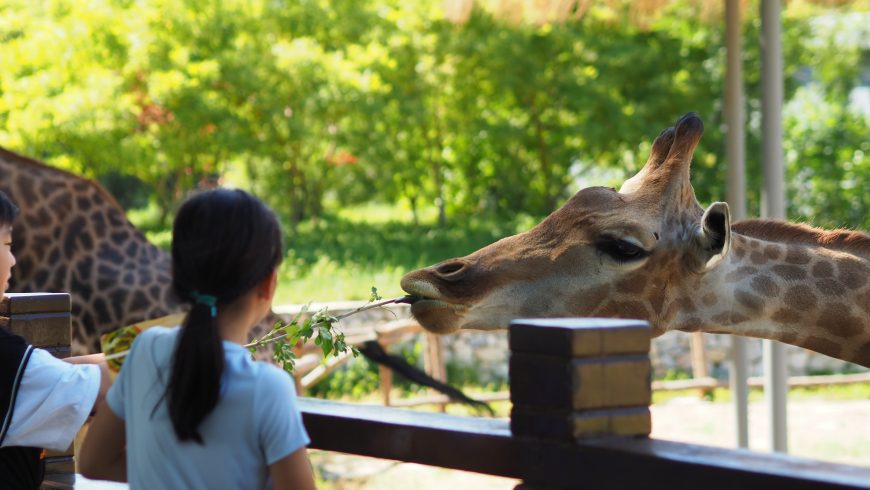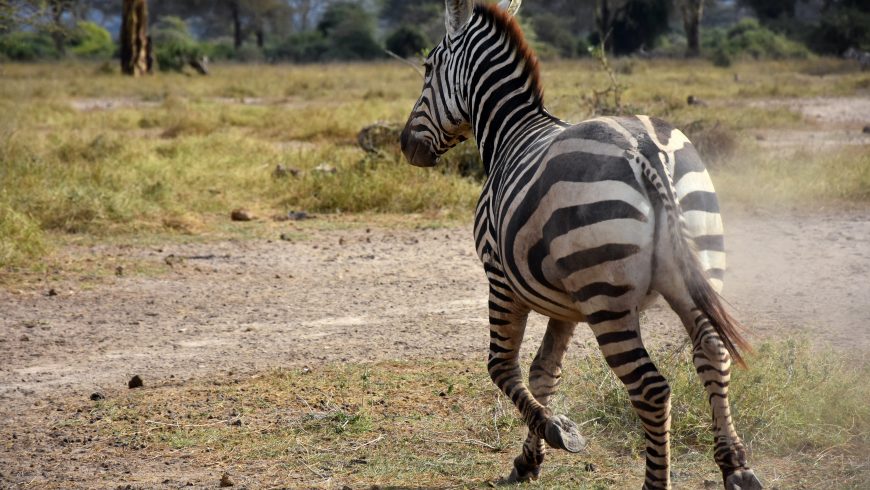Zoos are structures in which various animals are exhibited inside fences or cages. Although many zoos carry out education and research activities, the exhibition makes a lot of people wonder how ethical it is to keep animals in captivity, in order to be admired by visitors. Is there a better way to preserve biodiversity and educate people to respect it? Let’s find out in this article!

Animal Welfare in Zoos
Profiting on the life of animals, setting aside their well-being, is a very real risk inside zoos from all over the world. In fact, the legislation that governs zoological gardens is not the same in all the countries and, before visiting any zoo, we should therefore inform ourselves on how the various species are effectively safeguarded.
Indeed, it may happen that animals find themselves in spaces that are too small for their needs and this obviously causes them a strong stress. In addition, animals do not always receive the necessary care and stimuli.
As regards Europe, there are several zoos that conduct research, safeguards and education activities. However, although the legislation does not see zoos as entertainment venues, there are various structures that combine zoos with amusement parks, where there are also shows with animals. Besides the increased stress of zoo guests, the aforementioned problem clearly arises anew: is it morally right and educating to use animals for exhibition and entertainment purposes?

The Ethical Issue
The fact is that zoos are the perfect representation of the anthropocentric vision of human beings. In fact, the animals exhibited in zoological gardens are seen as objects to be admired and specimens at our disposal. As important as it is to protect the endangered species and do research on the animal world, is it really necessary to create spaces of pure exhibition and entertainment? We do not think so.
In addition, we do not think it is educational to direct children towards visits to zoos which lack any content that could really teach respect for animals. We should not send them the message that animals are at our disposal.

But, having said that, are there more suitable structures to approach the animal world?
Differences between zoos, bio parks and sanctuaries
As already mentioned, zoos are exhibition structures that enclose various animals within fences.
However, bio parks are developing more and more: it is about zoological gardens that are intended to preserve the conservation of the housed species and to carry out research activities.
In Europe bio parks have joined the organization EAZA, European Association of Zoos and Aquaria, which has the objective of cooperating to preserve the species and ensure their survival for as long as possible. Therefore, within bio parks there is a constant and intense research activity, in order to safeguard the life of animals and to recover the endangered species. If, on the one hand, it is advisable to visit zoos belonging to EAZA, on the other, the ethical issue of captivity and exhibition of animals always remains.

Another solution, the one that we consider to be the most ethical, is that of animal sanctuaries. It is about structures which accommodate animals that for reasons of force majeure cannot live in the wild, such as individuals that have lived for too long in captivity conditions, saved from illegal trades or circuses. Sanctuaries take care of these animals and provide natural areas where they can live in semi-freedom, often in the original places of the species. In addition, within sanctuaries the presence of human beings is very limited, to avoid stressing animals too much.

How to distinguish real animal sanctuaries from false ones
As said, sanctuaries are ethical structures that safeguard the life of animals. However, there are “false” sanctuaries, which put profit at the centre and do not really care about animal welfare. So how to distinguish a real sanctuary from a false one? Here are some tips:
- In a real sanctuary it is not allowed to pet or touch animals, as it is often wildlife. Within real sanctuaries the animals interact with each other and have natural behaviors. If instead it is possible to have close contact with wild species, these are probably fake sanctuaries, where animals are used to attract visitors. In some cases, in false sanctuaries even the physicality of animals is modified: for example tigers are deprived of their claws, so as not to pose a danger to people.
- In a real sanctuary there are almost exclusively adult specimens that have spent most of their life in captivity and therefore cannot be released into the wild. On the contrary, false sanctuaries have numerous puppies that are much more attractive.

In Conclusion
In conclusion, in order to live an ethical and really educational experience in contact with wild animals, we suggest supporting animal sanctuaries, rather than zoos. Animals should not be at human beings disposal, they must have the right to live as naturally as possible.
Cover Image: Irene Grace Tolentino on Unsplash




